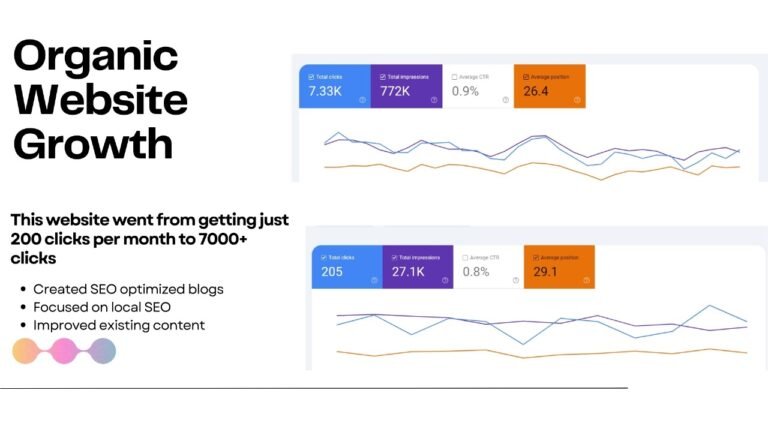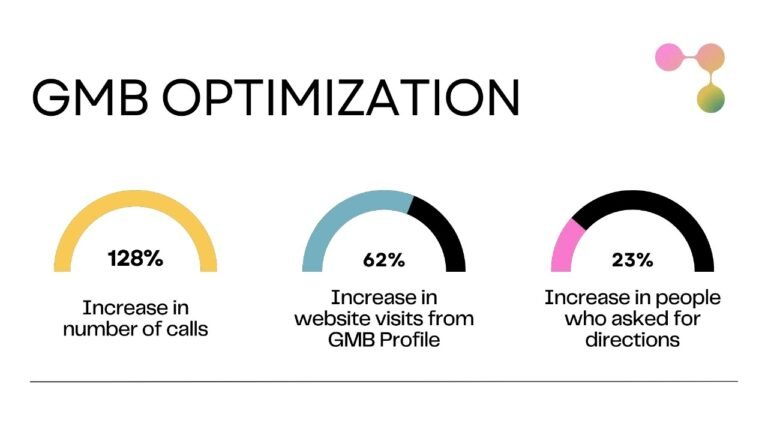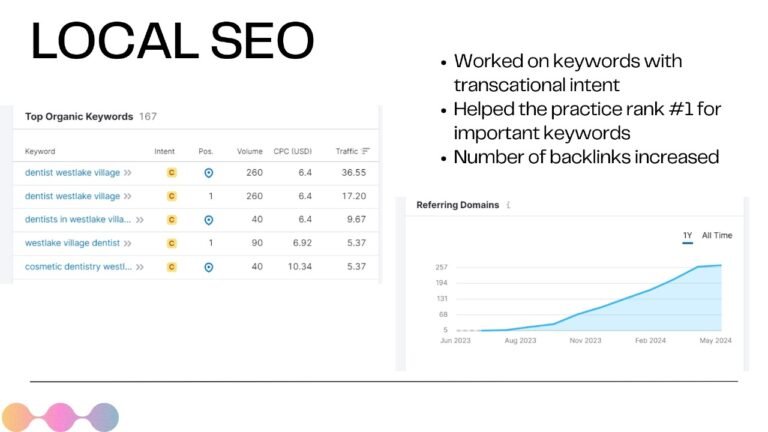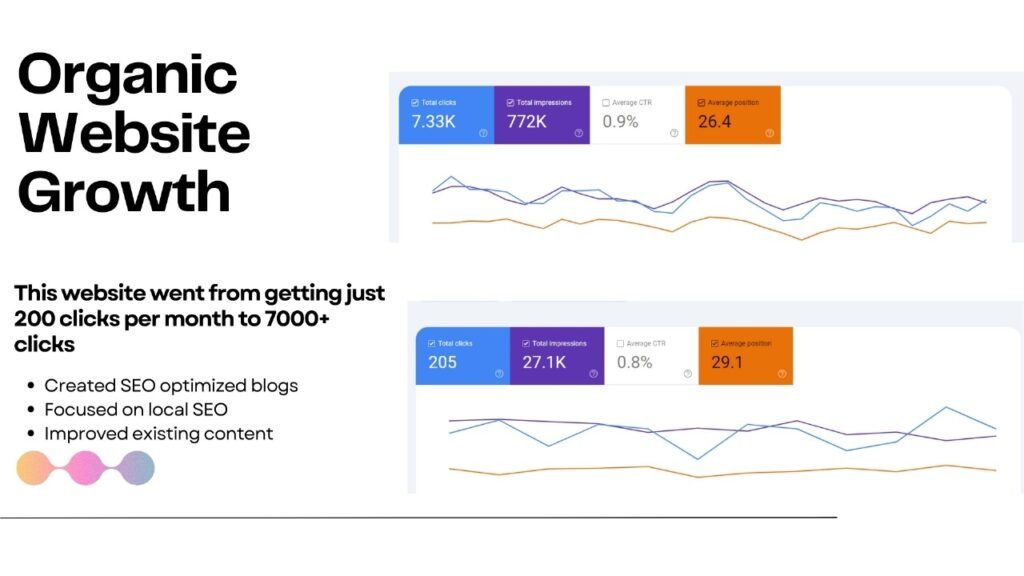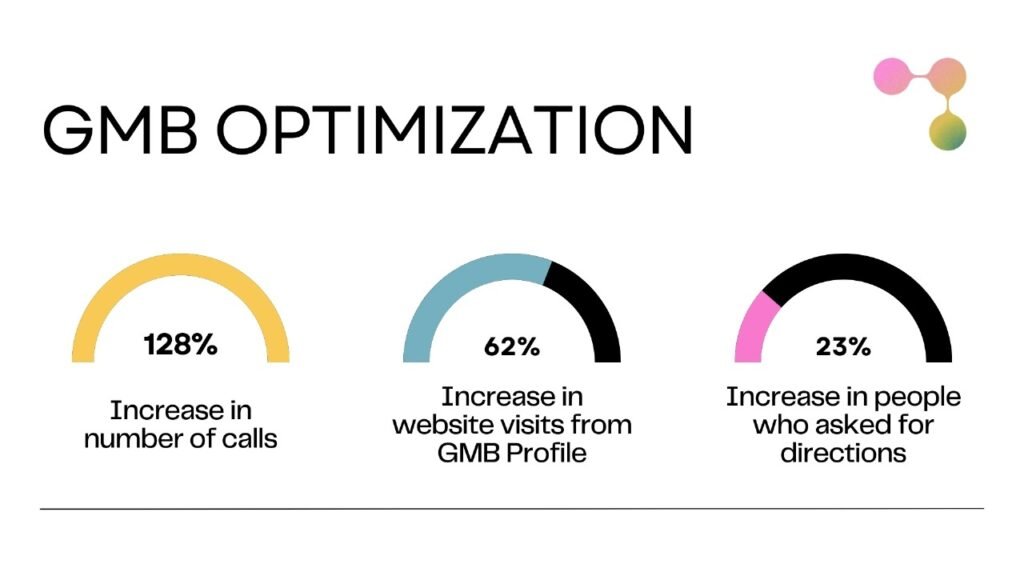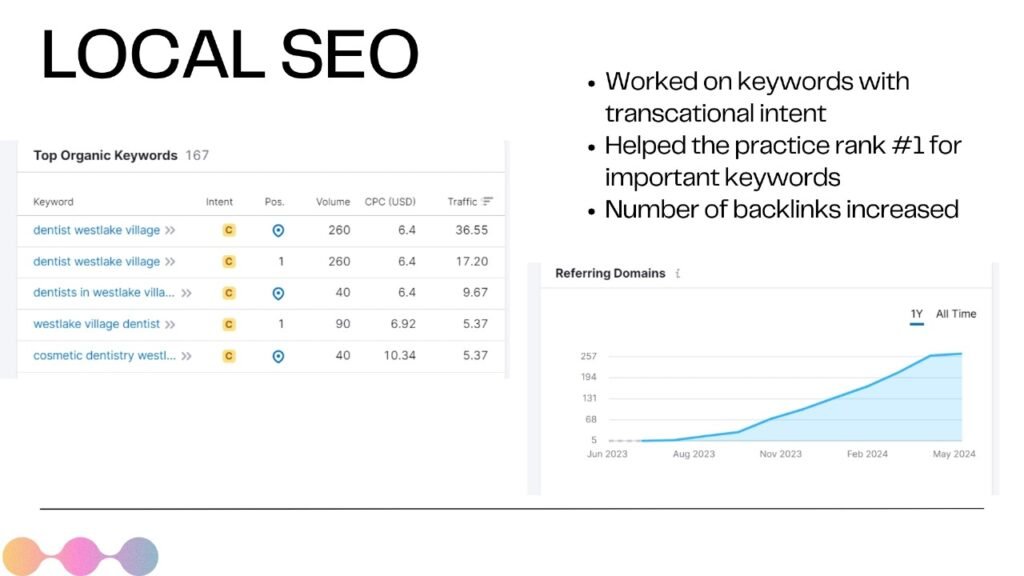Figuring out how to write blog posts that rank on Google is tricky.
But with the right strategies, you can improve your search engine rankings and make your content more discoverable to your target audience. In this guide, we’ll explore effective techniques to help your blog posts climb the Google search results.
Understanding SEO and Its Importance
SEO is the practice of optimizing your website and its content to increase the quantity and quality of traffic from search engines. It’s about making your content appealing to both search engines and users. Good SEO can help your blog posts appear on the first page of Google search results, which is crucial since most users rarely venture beyond the first page.
Follow this Exhaustive Checklist to Write Blog Posts That Rank on Google
Keyword Research
The foundation of SEO is keyword research.
Keywords are the terms and phrases that people type into search engines when looking for information. Identifying the right keywords is crucial for your blog post’s success. Use tools like Google Keyword Planner, Ahrefs, or SEMrush to find keywords related to your topic.
Focus on long-tail keywords, which are phrases with three or more words. These are more specific and less competitive, making it easier for your content to rank.
Understanding the intent behind the keywords is also vital. Are users looking for information, making a purchase, or seeking a specific service? Knowing this will guide your content creation.
Write Engaging and Informative Content
Once you have your keywords, the next step is to create high-quality content that satisfies the user’s search intent. It’s important to write comprehensive and in-depth posts that thoroughly cover the topic.
Make your content easy to read with clear headings, bullet points, and short paragraphs. Provide unique insights or valuable information that sets your content apart from competitors. This not only keeps your readers engaged but also signals to search engines that your content is valuable.
Optimizing On-Page SEO
On-page SEO involves optimizing individual pages to rank higher and earn more relevant traffic. This includes using your primary keyword in the title tag and meta description.
Keep them compelling and under 60 characters for the title, and 155 characters for the meta description. Use header tags (H1, H2, H3) to structure your content, with the H1 tag including your main keyword and H2 and H3 tags containing related keywords.
Naturally add keywords throughout the post, especially in the first 100 words, in headers, and in the conclusion.
Improving User Experience (UX)
Google values user experience, so it’s important to make your blog post-user-friendly. Ensure your blog is mobile-friendly by using responsive design to provide a seamless experience on all devices.
Optimize your site’s loading speed by compressing images, using caching, and minimizing code to enhance performance. Link to other relevant blog posts and pages on your website to keep readers engaged and improve your site’s structure.
Building Backlinks
Backlinks, or inbound links from other websites, are a key factor in Google’s ranking algorithm. Focus on acquiring backlinks from reputable and high-authority sites. Write guest posts for other blogs in your niche to earn quality backlinks.
Share your content on social media and reach out to influencers in your industry to encourage sharing and linking. Quality backlinks not only improve your rankings but also drive referral traffic to your site.
Utilizing Multimedia
Adding images, videos, and other multimedia can enhance the user experience and improve SEO.
Use high-quality images and optimize them with descriptive file names and alt text. Embed relevant videos to increase time spent on your page and reduce bounce rates.
Use infographics to present information in a visually appealing and easy-to-digest format. Multimedia elements make your content more engaging and shareable, which can lead to more backlinks and higher rankings.
Monitoring and Analyzing Performance
Finally, regularly monitor and analyze your blog post’s performance to understand what’s working and what needs improvement.
Use Google Analytics to track your traffic sources, user behaviour, and conversion rates. Utilize tools like Ahrefs or SEMrush to monitor your keyword rankings and backlink profile.
Based on your analysis, make necessary adjustments to your content and SEO strategies to continuously improve your rankings. SEO is an ongoing process, so keep refining your approach based on the latest trends and performance data.
Conclusion
Ranking on Google requires a combination of strategic planning, high-quality content creation, and continuous optimization. By implementing the techniques outlined in this guide, you can improve your blog post’s visibility on search engines and drive more organic traffic to your website.
Remember, SEO is an ongoing process, so keep refining your approach based on the latest trends and performance data. Happy Writing!

